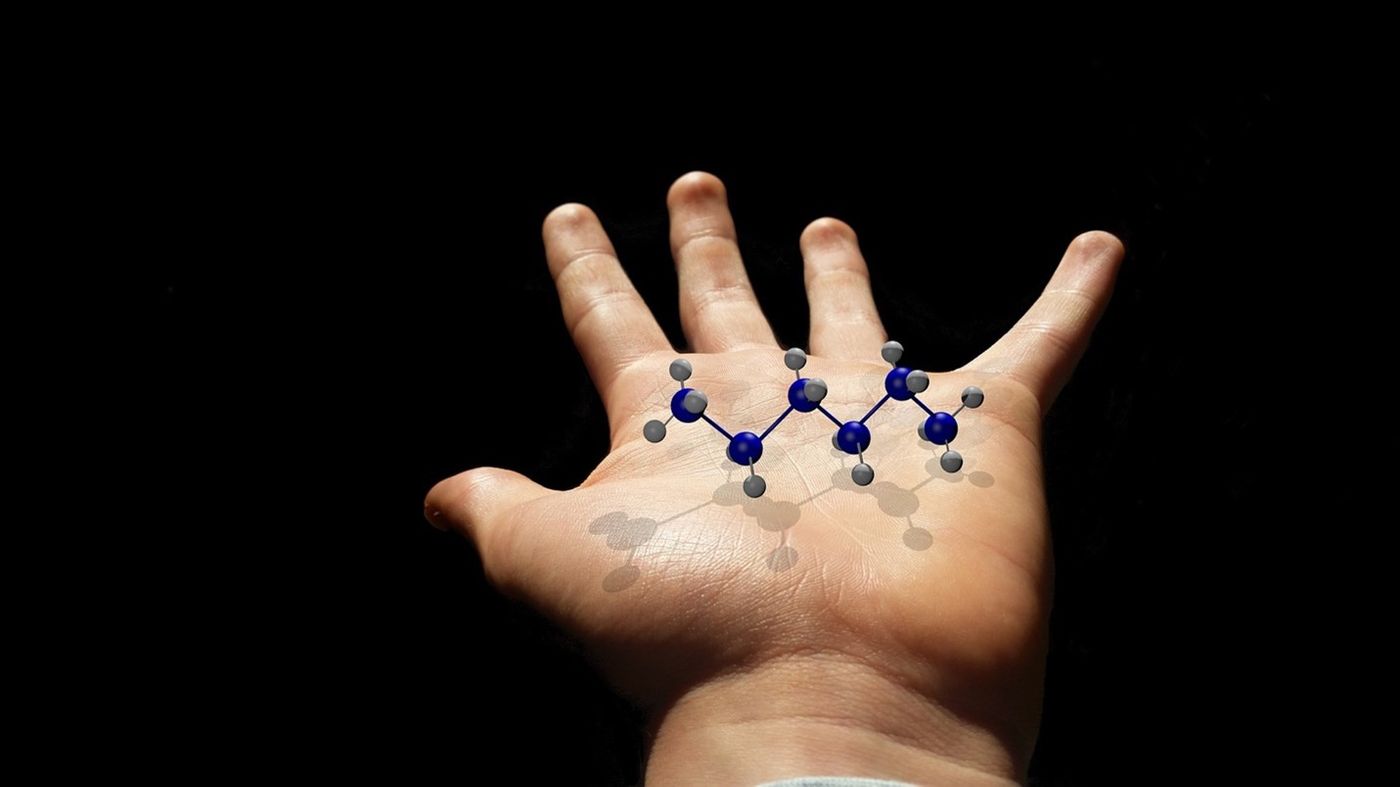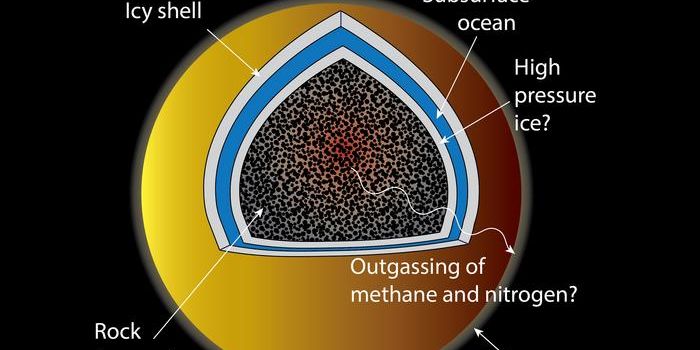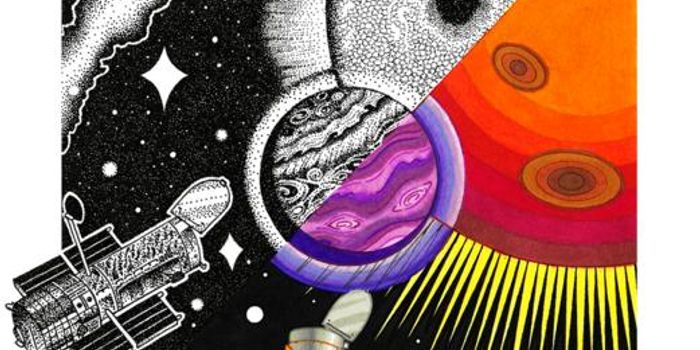The Nobel Prize in Chemistry

Benjamin List of the Max-Planck Institute in Germany and David W.C. MacMillan of Princeton University shared the prestigious awards this year for their work on asymmetric organocatalysis. The following video was taken directly after the winners were announced:
Let’s break this down for a moment: what is a catalyst? And more importantly, what are asymmetric organic catalysts?
A catalyst is defined as something that speeds up a reaction or makes a reaction possible. In more scientific terms, they are substances that produce a chemical reaction without being used up in said reaction. The most commonly known catalysts are enzymes, but small molecules containing metals can also be used as catalysts. However, each of these comes with a caveat: enzymes are often large, clunky, and contain long strings of amino acids. Metals are also problematic because they can be toxic and bind tightly to the compounds they modify.
Organic catalysts, then, are catalysts made from organic molecules that are neither enzymes nor metals. They are smaller than enzymes and less toxic than metal-bound catalysts. It starts with a scaffold of carbon atoms, and then active chemical groups are attached to the carbon frame to drive reactions. Since the chemical groups are mostly made from common elements such as oxygen, nitrogen, sulfur, or phosphorus, they are also cheap to produce and environmentally friendly.
The asymmetry comes from the fact that these organic catalysts can drive reactions to form two forms of the same compound. These forms are mirror images of each other, but they can have different properties— they’ve been compared to left and right hands.
Chemists and pharmacists usually want one form of a molecule, and asymmetric catalysis allows them to produce one form of the molecule with a few changes to the structure of the catalyst.
These organic catalysts were discovered back in 2000 by MacMillan and List separately of one another. This was the third type of catalyst to be discovered, after enzymes and metals. These new catalysts have revolutionized the field of chemistry. Notably, MacMillan and List’s findings have been used in pharmaceuticals, helping to develop drugs for high blood pressure, mental illness, and respiratory infections.
While the discovery of organic catalysts was made 20 years ago, the award was given in 2021 due to the improvements and ingenuities of the field, especially the more complex discoveries that have come to light in recent years.
Interestingly enough, this is the seventh year that the Nobel Committee has given the prize in chemistry to research concerning catalysts. MacMillan and List’s research on organic catalysts has been deemed the “third pillar of catalysts” by the Nobel Committee, making this year’s prize an important one for catalytic chemists everywhere.
Sources: The Nobel Prize, Science, CNN








